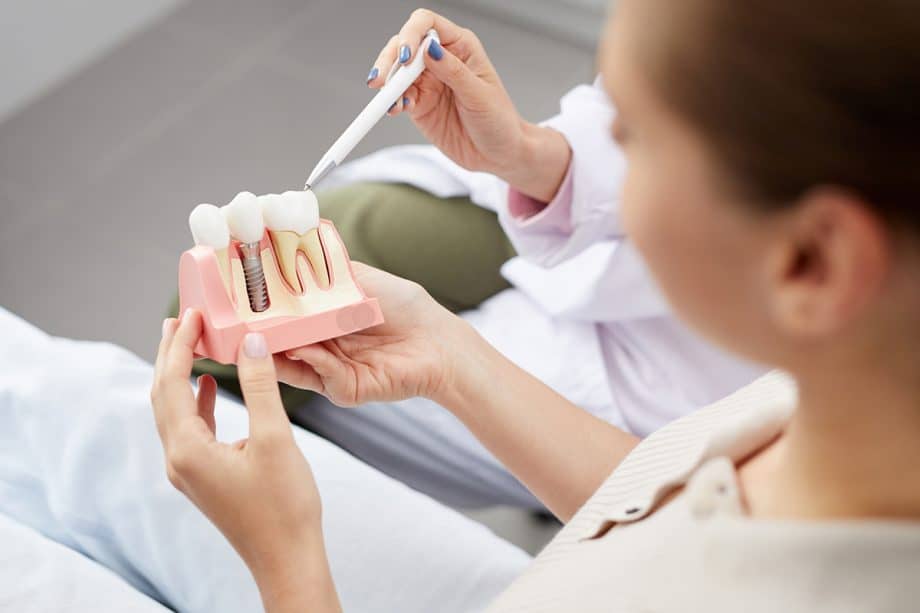A dentist may recommend a dental crown if you have a large cavity, cracked tooth, or have had a root canal performed. But what if there's not much natural tooth structure left?
With advanced technology, you can often count on dental crowns to solve many dental problems, even when there's not much natural tooth structure remaining.
What is a Dental Crown?
A dental crown is a tooth-shaped "cap" placed over a tooth to restore its shape, size, strength, and appearance. When cemented into place, crowns fully encase the entire visible portion of a tooth.
You may need a dental crown if:
- You have a tooth weakened by decay.
- You have a broken or worn-down tooth.
- You have a large filling that’s beginning to fail.
- You've had root canal treatment.
Crowns now are usually fabricated out of zirconia dioxide and are very strong and aesthetically pleasing.
A crown is only as sound as the tooth structure it’s attached to. The bond between the tooth and crown will be stronger when a more natural tooth remains. If large cavities or cracks have damaged a tooth, or if you’ve had a root canal, a core buildup or post and core buildup may be necessary before their dentist can place a crown over the existing tooth.
What if There's Not Enough Tooth For a Dental Crown?
A dentist trained in restorative dentistry can examine the amount of tooth structure remaining and decide what measures should be taken to support a dental crown adequately.
Suppose there's not enough natural tooth for a dental crown. In that case, a dentist may recommend either building up the tooth with composite material or adding an endodontic post and core inside the root canal space of the tooth.
Core Buildup. A core buildup is essentially a filling made from a composite material that replaces much or all of the natural tooth structure lost from decay or damage. The composite material is bonded directly to the inside of the natural tooth using resin to provide it with further support and stability.
Post and Core Buildup: A post and core buildup is often performed following a root canal procedure before a crown is placed.
The dentist will first remove any damaged or decayed tooth material. After creating the necessary space, your dentist will insert a post, which is typically made from metal but can also be made from ceramic or fiber. The dentist will then place or construct the core, typically made of composite resin, on the post. The core builds up your natural tooth structure for the crown to fit properly.
Dental Implants: If there’s not enough natural tooth structure remaining for the placement of a post, your dentist may recommend a dental implant. A dental implant is made of titanium and is surgically placed in your jawbone. After a period of healing, an abutment and crown are attached to the implant to restore your smile.
Do You Think You're a Candidate for a Dental Crown?
If you're interested in learning more about dental crowns and how they may benefit your oral health, Dr. R.R. Williams, DDS, and the entire team are here for you.
Contact us today at 817-281-4801 or request an appointment online.

